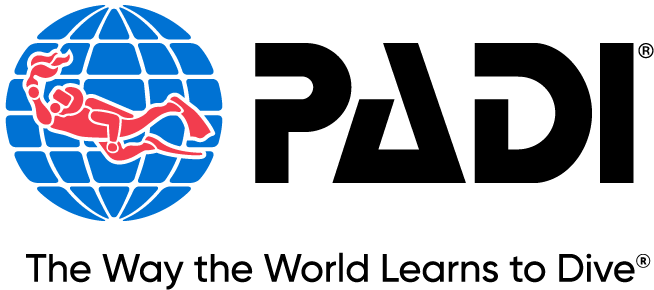
Diving for Beginners: What to Expect on Your First Dive
If you’re about to embark on your first diving adventure, congratulations! Scuba diving opens up a whole new world of underwater exploration, and it’s normal to feel a mix of excitement and nervousness. This blog will guide you through what to expect on your first dive, ensuring you’re well-prepared for this thrilling experience.
1. Preparing for Your Dive
Training and Certification
Before diving, you’ll typically undergo training through a recognized diving school, such as PADI or NAUI. This training will cover essential topics like equipment usage, safety protocols, and basic diving techniques.
Gear Familiarization
You’ll be introduced to diving equipment, including:
- Mask: For clear underwater vision.
- Fins: To help you swim efficiently.
- Buoyancy Control Device (BCD): To manage your buoyancy.
- Regulator: For breathing from your tank.
- Wetsuit: To keep you warm in cooler waters.
Getting comfortable with your gear before your dive is crucial. Don’t hesitate to ask questions!
The Briefing
Once you arrive at the dive site, your instructor will conduct a thorough briefing. This will include:
- Overview of the dive site
- Safety procedures
- The plan for the dive, including maximum depth and time
- Important signals for communication underwater
Getting Ready
You’ll gear up with your wetsuit and equipment, often with assistance from your instructor or dive buddies. Don’t rush—take your time to ensure everything is fitted properly.
3. Escending Underwater
Equalization Techniques
As you descend, you’ll need to equalize the pressure in your ears. Techniques like the Valsalva maneuver (pinching your nose and gently exhaling) are essential to avoid discomfort. Don’t hesitate to signal to your instructor if you’re experiencing pain.
Taking Your Time
Descend slowly and take a moment to acclimate to the underwater environment. Your instructor will be with you, ensuring you feel comfortable and safe.
4. Enjoying Your First Dive
The Experience
Once you’re underwater, take a moment to appreciate the tranquility and beauty of the aquatic world. You may encounter colorful fish, vibrant corals, and fascinating marine life. Remember to stay close to your instructor and communicate using hand signals.
Breathing and Buoyancy
Focus on steady, relaxed breathing. Avoid rapid movements to conserve air and minimize exertion. Your instructor will help you manage your buoyancy, allowing you to float effortlessly or explore without disturbing the environment.
5. Ascending and Exiting the Water
Safety Stops
As you near the end of your dive, your instructor will guide you through a safety stop—typically a three-minute pause at around 15 feet to allow excess nitrogen to safely dissipate from your body.
Exiting the Water
After surfacing, follow your instructor’s lead to exit the water, whether from a boat or the shore. Remove your gear and take a moment to reflect on your experience.
6.Post-Dive Reflections
Debriefing
After your dive, your instructor will conduct a debriefing, discussing what you experienced and any questions you may have. This is a great time to share your excitement and learn more.
Hydration and Relaxation
Rehydrate and relax after your dive. Reflect on what you saw and how you felt. Consider journaling about your experience or sharing it with friends and family.
Conclusion
Your first dive is a remarkable experience that opens the door to a breathtaking underwater world. With proper training, preparation, and a positive mindset, you’ll likely find it to be one of the most exhilarating adventures of your life. Embrace the experience, and enjoy your journey into the depths! Happy diving!


